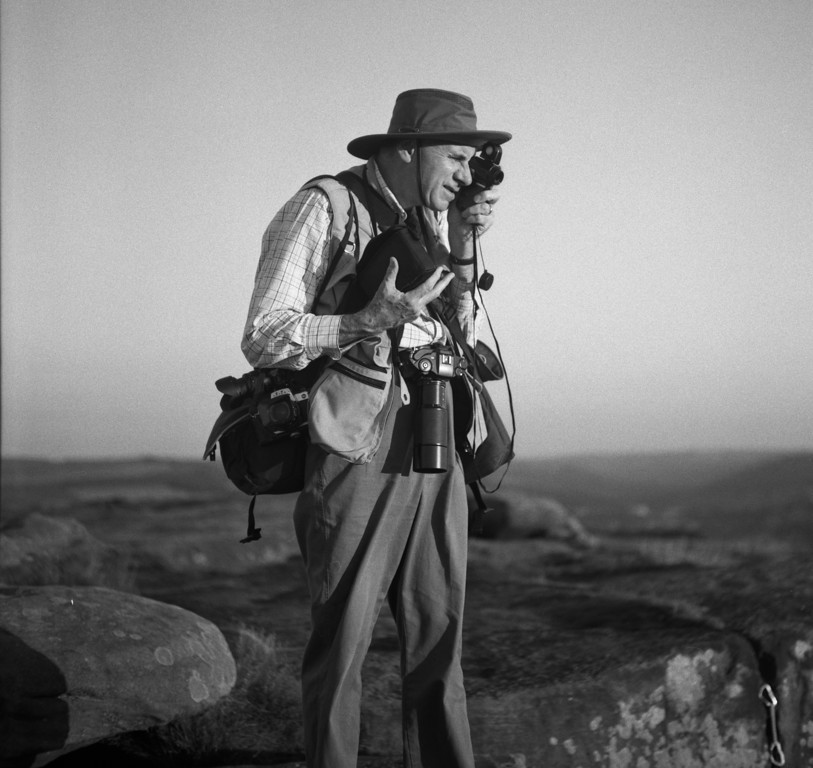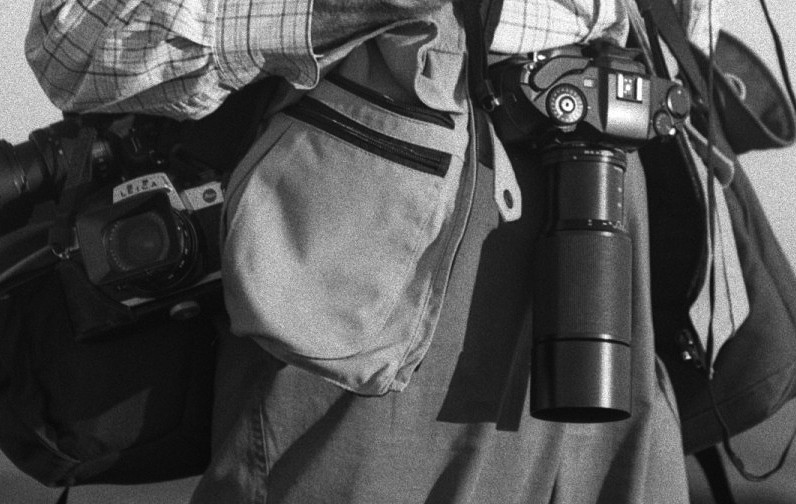cedric07
TPF Noob!
- Joined
- Sep 4, 2014
- Messages
- 8
- Reaction score
- 0
- Location
- Paris
- Can others edit my Photos
- Photos OK to edit
Hi everyone,
I recently made the acquisition of a Mamiya 7ii with a 80mm lens. I then went on a trip and shot 10 rolls of Kodak Ektar 100 (known for their fine grain), opening at f22 and using a tripod and a cable release most of the time, looking for maximum depth of field, sharpness and accuracy. I then when to a pro lab and had them developed and scanned. I was expecting a wonder of sharpness and details (such as ken rockwell mamiya7 scans : How to Shoot Film but I'm quite displeased with the results.
I'm attaching one of the pictures, with different levels of zoom.
Can you tell me what i'm doing wrong?
- Am I right to expect more details?
- Am I doing something wrong with the camera, that the lab maybe tried to compensate? (poor exposure, shaking...)
- Did the lab do a poor job? Or should simply pick one that offers a better resolution?
- What should the file size of a "high res" 120 film scan be? Does that question even makes sense?
Thanks a lot for your help!
Cedric
I recently made the acquisition of a Mamiya 7ii with a 80mm lens. I then went on a trip and shot 10 rolls of Kodak Ektar 100 (known for their fine grain), opening at f22 and using a tripod and a cable release most of the time, looking for maximum depth of field, sharpness and accuracy. I then when to a pro lab and had them developed and scanned. I was expecting a wonder of sharpness and details (such as ken rockwell mamiya7 scans : How to Shoot Film but I'm quite displeased with the results.
I'm attaching one of the pictures, with different levels of zoom.
Can you tell me what i'm doing wrong?
- Am I right to expect more details?
- Am I doing something wrong with the camera, that the lab maybe tried to compensate? (poor exposure, shaking...)
- Did the lab do a poor job? Or should simply pick one that offers a better resolution?
- What should the file size of a "high res" 120 film scan be? Does that question even makes sense?
Thanks a lot for your help!
Cedric
















![[No title]](/data/xfmg/thumbnail/35/35586-d552a369f369a1796256b9df897a8d91.jpg?1734167209)